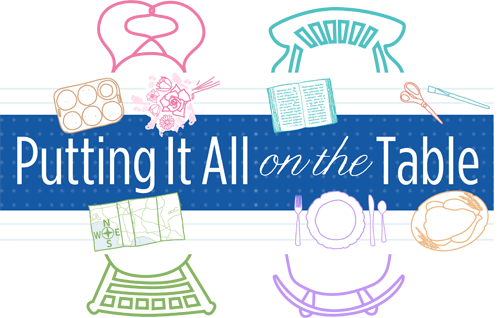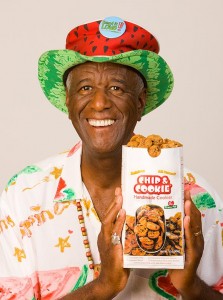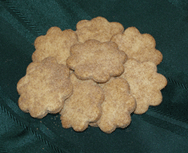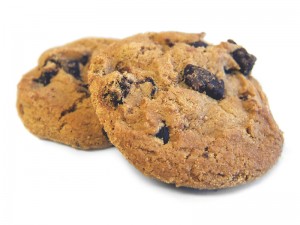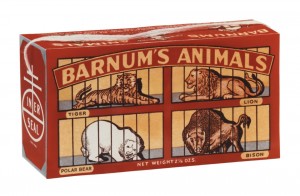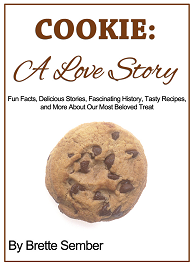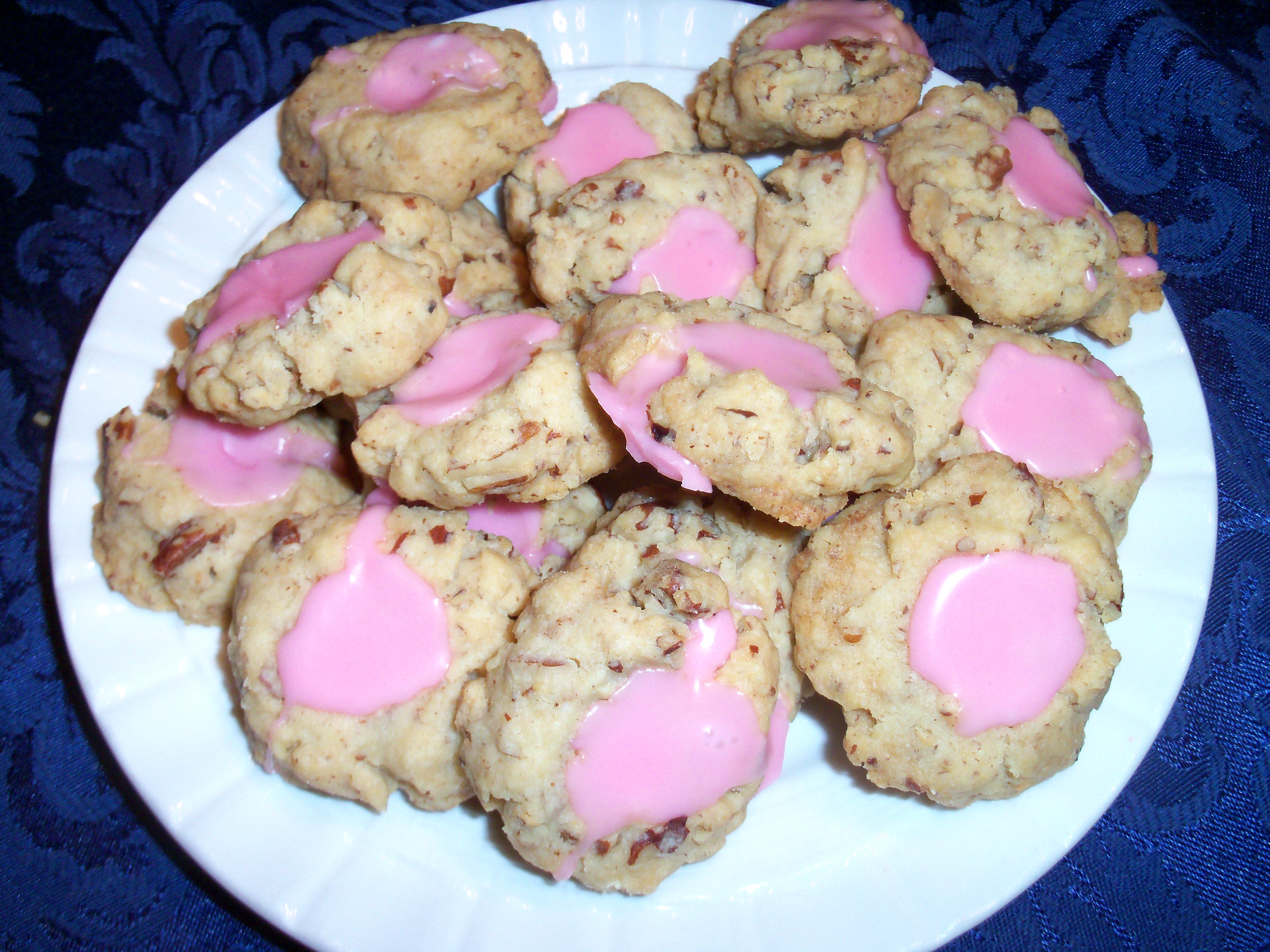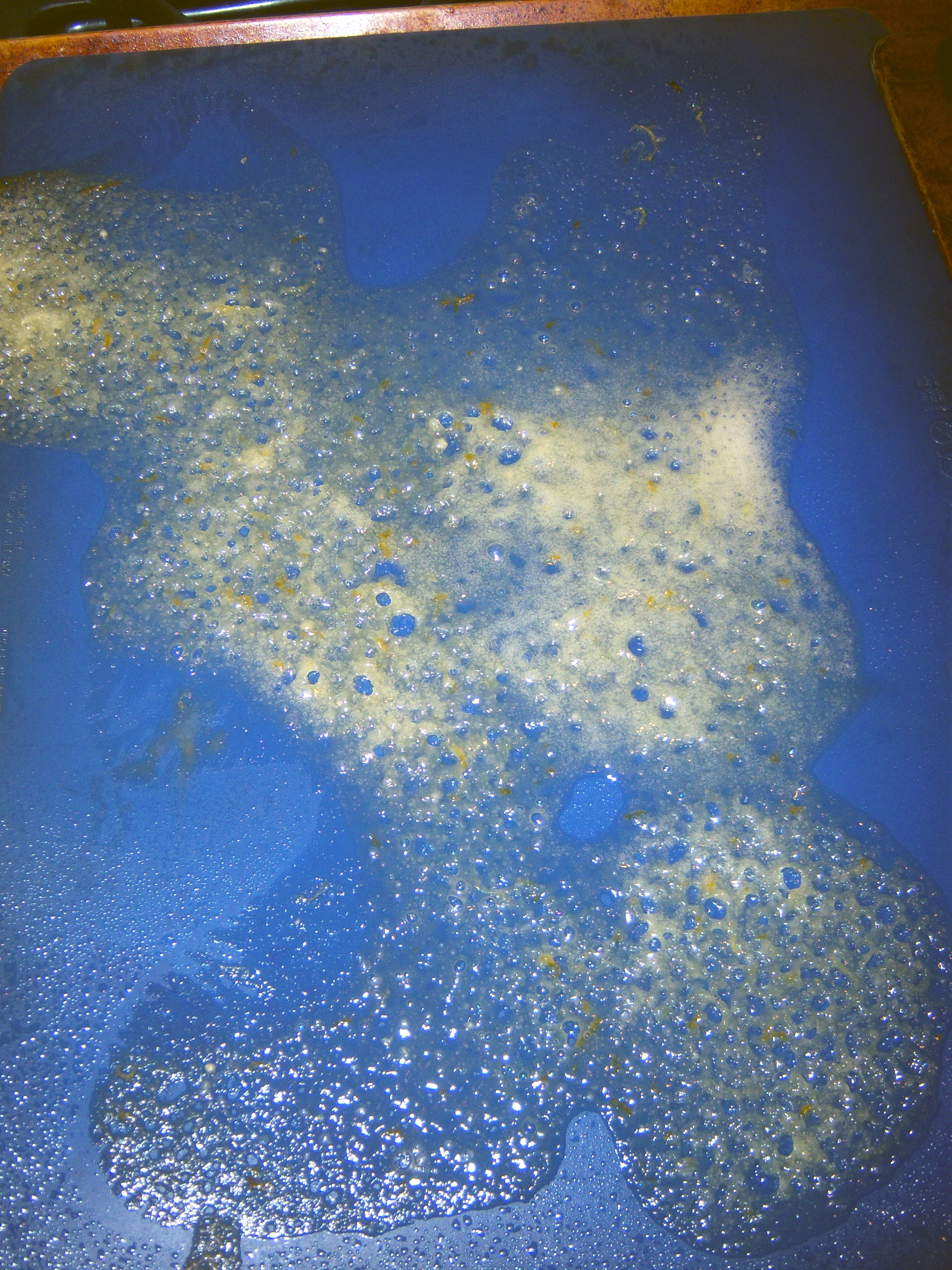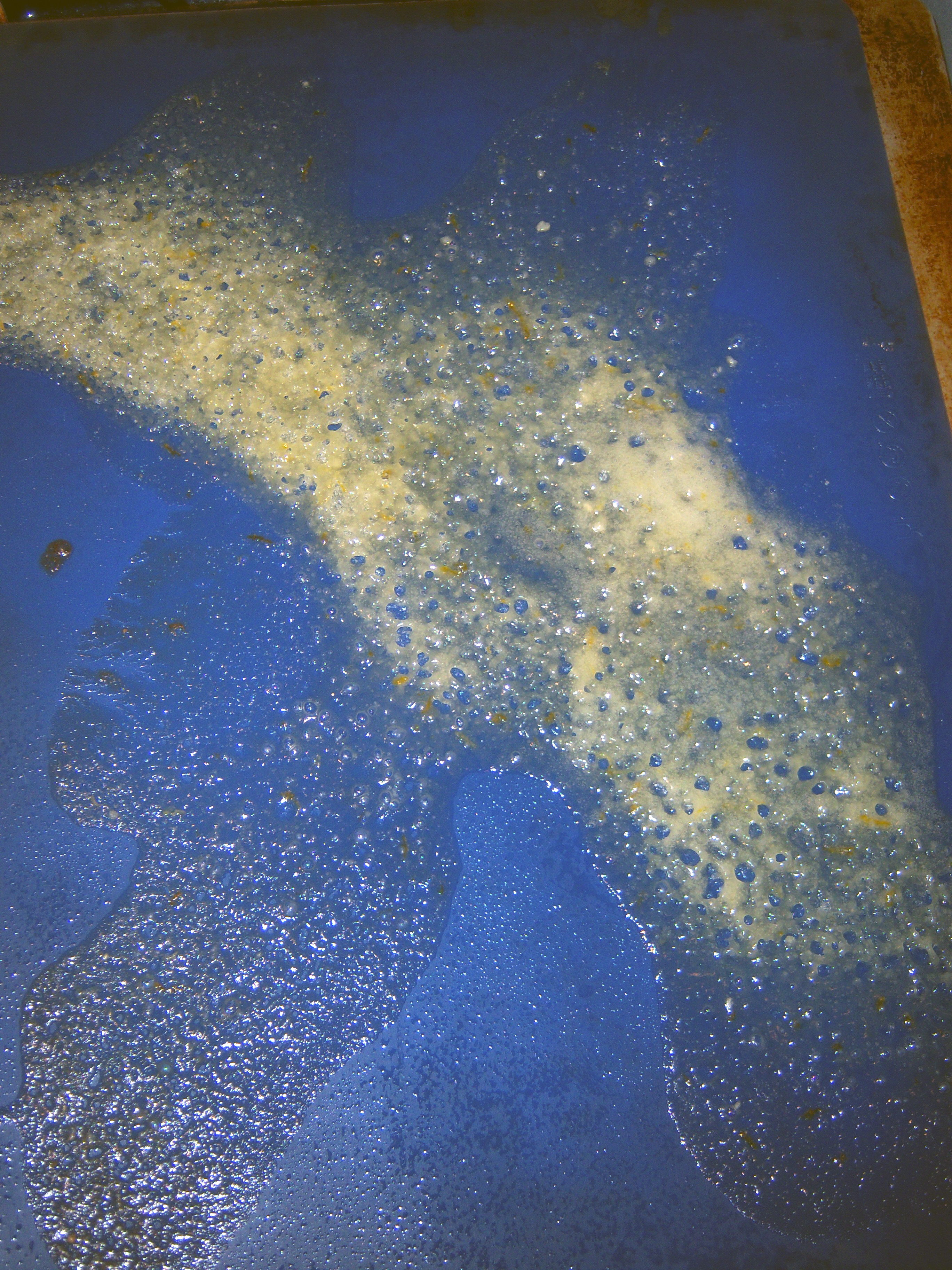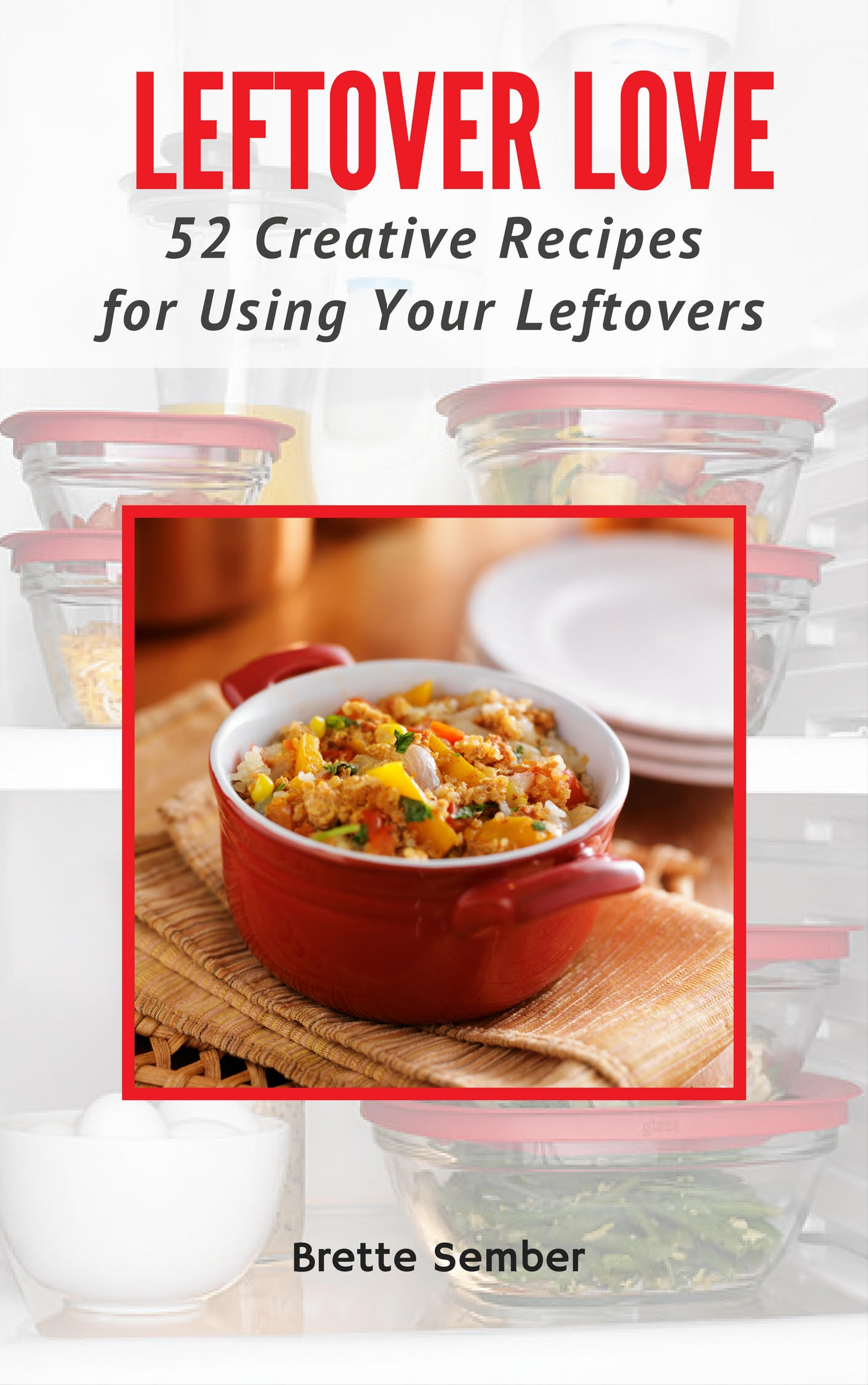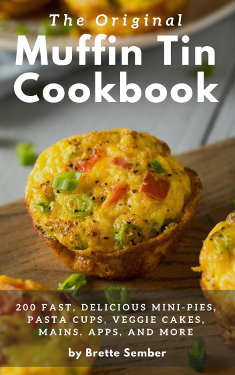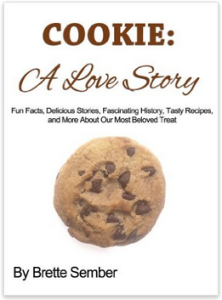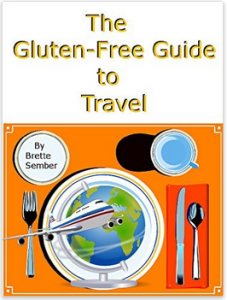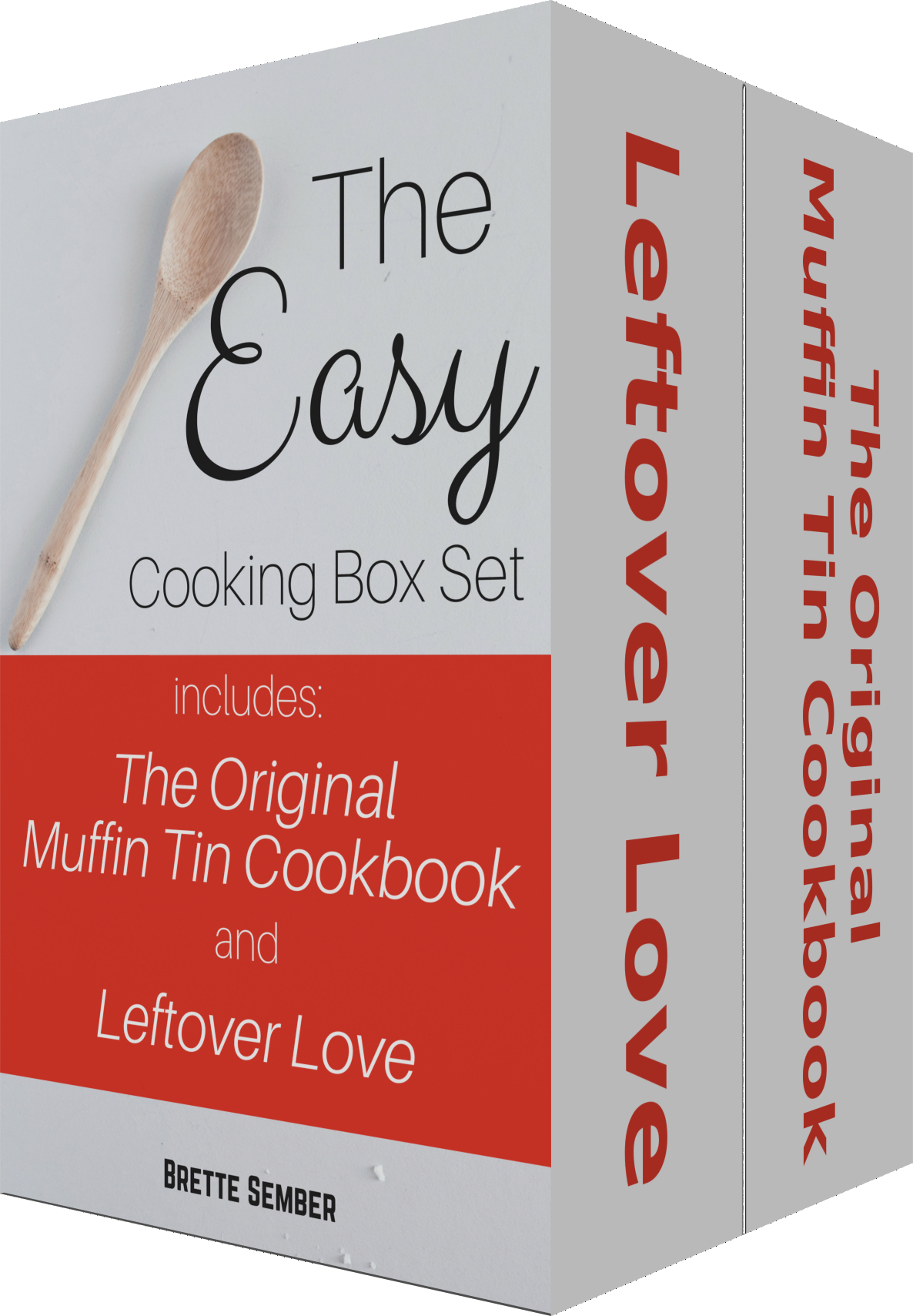Cookie Week Day Five: The Story of Famous Amos
Posted by in Food“The chocolate chip cookie is more American than apple pie.” – Wally Amos
What better way to wrap up Cookie Week than with the story of one of the most famous cookie bakers? Wally Amos is known for inventing Famous Amos cookies, but do you know his story? Read on and find out.
Wally Amos is famous for his cookies, but his real claim to fame was promotion. Wally was raised in Tallahassee Florida but moved at age twelve to New York City to live with his Aunt Della, who made the best chocolate chip cookies he had ever tasted. Wally told me he’s not sure what recipe she used, but suspects it was the Toll House recipe, and, as he says, “all chocolate cookies trace back to the mother recipe.” Wally started out attending a food science high school. He later joined the Air Force and went to school on the GI bill, working at the Saks stock room to stay afloat. From there, he made the jump to working in the William Morris Agency mailroom and eventually worked his way up to becoming their first black agent. He signed Simon and Garfunkel and worked with the Supremes and Marvin Gaye. Wally became a big shot in the world of show business. He eventually left William Morris and opened his own agency.
Wally’s trademark had long been chocolate chip cookies. He made his own, similar to his Aunt Della’s and brought them to people as gifts. I asked Wally how his cookies were different than Della’s. “I used more chocolate and more nuts and pure vanilla extract.” Wally had often thought of selling his cookies, when an investment by Marvin Gaye and Helen Reddy made it possible.
The Celebrity Cookie
Wally didn’t just open a cookie shop, though. Wally took on the cookie as a celebrity client and promoted it as such. He wrote a biography for it and had a head shot taken. As far as Wally was concerned, the cookie deserved celebrity status. It’s no surprise that on March 10, 1975 when Wally opened The Famous Amos Chocolate Chip Cookie Store on Sunset Boulevard and Formosa Avenue in LA that it was a big hit. Wally had hosted an opening party the night before for 2500 guests, many of them celebrities. The business earned $300,000 that year and had $12 million in revenue by 1982.
Wally worked hard to get gigs for the cookie. When he met with Bloomingdale’s to discuss having them carry the cookies, he showed up in a jump suit with a giant cookie on the back. Bloomingdale’s signed on and the press conference announcing the deal included a Famous Amos cookie placed on a satin pillow (like a precious jewel) in front of the Bloomie’s boardroom. The cookie later was carried by Neiman-Marcus – when that deal happened, Wally drove in on an armored truck with the cookies.
Wally adopted a Panama hat and gauze embroidered shirt as his official uniform and it appeared on the cookie packaging. In 1980, the Smithsonian accepted the hat and shirt into its American History collection.
The Cookie Philosophy
Wally told me that the secret to making a good cookie “is that there is no secret.” Everyone has their own secret he believes. Wally did reveal to me what the most important part of the cookie making process is. “I talk to my cookies. I tell them they have a great responsibility. They need to taste good. I tell ‘em I love ‘em.” He feels that talking to cookies improves their taste in the same way that talking to plants helps them grow better.
Tough Times
Wally’s initial success was short-lived. By 1985, revenue was down and the company lost money. He lost his home. The company was sold to the Shansby Group and Wally remained as spokesperson for a year. After several sales, the company is now owned by Kellogg.
Wally tried to continue selling cookies as Wally Amos Presents, but Keebler sued, so he used the name Uncle NoName. He filed for bankruptcy in 1997. Soon after though, Keebler hired him to be the spokesperson for the brand again and cut a deal that allowed him to sell muffins on his own. Famous Amos is now owned by Kellogg’s and Wally is honest about his feelings about the cookies they sell under his name. “Kellogg’s is selling a brand. They’re selling a bag. You cannot eat the bag. What’s inside the bag is what matters and what they sell is not my cookie. What Kellogg’s is selling is not a cookie. It is a disgrace to cookies.”
Rebirth of Wally
Wally went on to own Chip & Cookie, a two-location cookie store in Hawaii, which sold a variety of chocolate chip cookies as well as their signature cookie dolls, but subsequently closed. Wally has a line of books and does motivational speaking and had a cameo on the TV show, The Office in 2012, as himself. Wally is just as passionate about his cookies today as he was when he first began selling them. “All of my cookies are made by hand. A human being touching a cookie makes a big difference.” His Chip & Cookie cookies were made with his original recipe, the one that made him famous, which he proudly told me was 33% chocolate. “To make a good cookie, you need the best ingredients and lots of them.”
Wally has many stories to tell – of people who tasted his cookies twenty-five years ago in Hawaii and who upon their return made his shop their first stop. He also proudly talks of people who came into his shop as children and then brought their own children in. “I am part of the cookie and the cookie is part of me,” he says. “I really love what I do.” The day I talked to him he had just gone for out-patient cataract surgery that morning. When he went to the surgery building, he brought bags of cookies for everyone who was working there that day.
Although Famous Amos cookies are now just another brand on the store shelves, Wally’s legacy remains. “You can’t name anyone more associated with chocolate chip cookies than me,” he points out. He was the one of the first true food personalities (only Colonel Sanders and Julia Child predate him) – to be followed by people like Emeril and Rachel Ray. Wally’s success with cookies may have paved the way for Mrs. Fields as well. Wally believes that Ruth Wakefield is famous because of him. He says that until he became famous, Nestle never credited her. It was only after Wally became a household name that Nestle made Ruth Wakefield a prominent part of their history. Wally regrets never having a chance to meet her. “It would have been like going to Mecca.”
If you enjoyed this tidbit, there are plenty more stories of famous cookie bakers (Ruth Wakefield who invented the Tollhouse Cookie, Margaret Rudkin the woman behind Pepperidge Farms cookies, and Debbie Fields who created the Mrs. Fields empire (and lost her husband in the process) in Cookie: A Love Story.
“The chocolate chip cookie is more American than apple pie.” – Wally Amos What better way to wrap up Cookie Week than with the story of one of the most famous cookie bakers? Wally Amos is known for inventing Famous Amos cookies, but do you know his story? Read on and find out. Wally Amos … Read more
